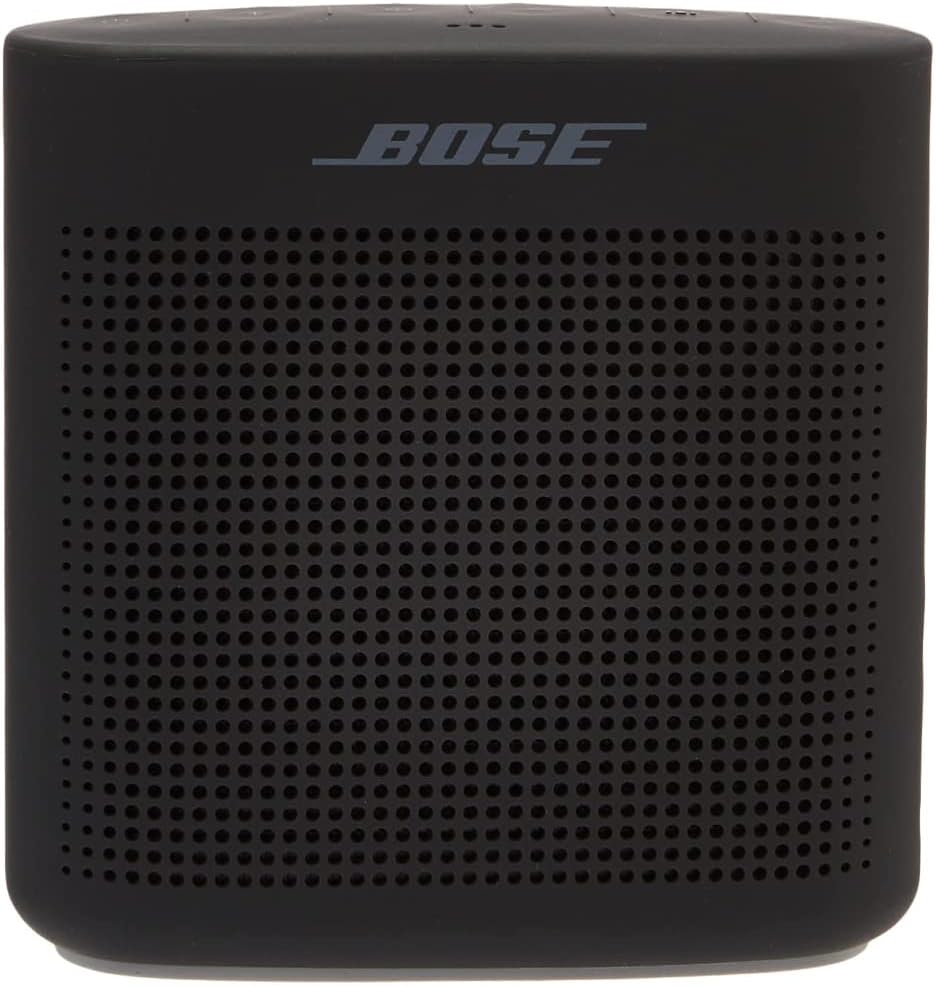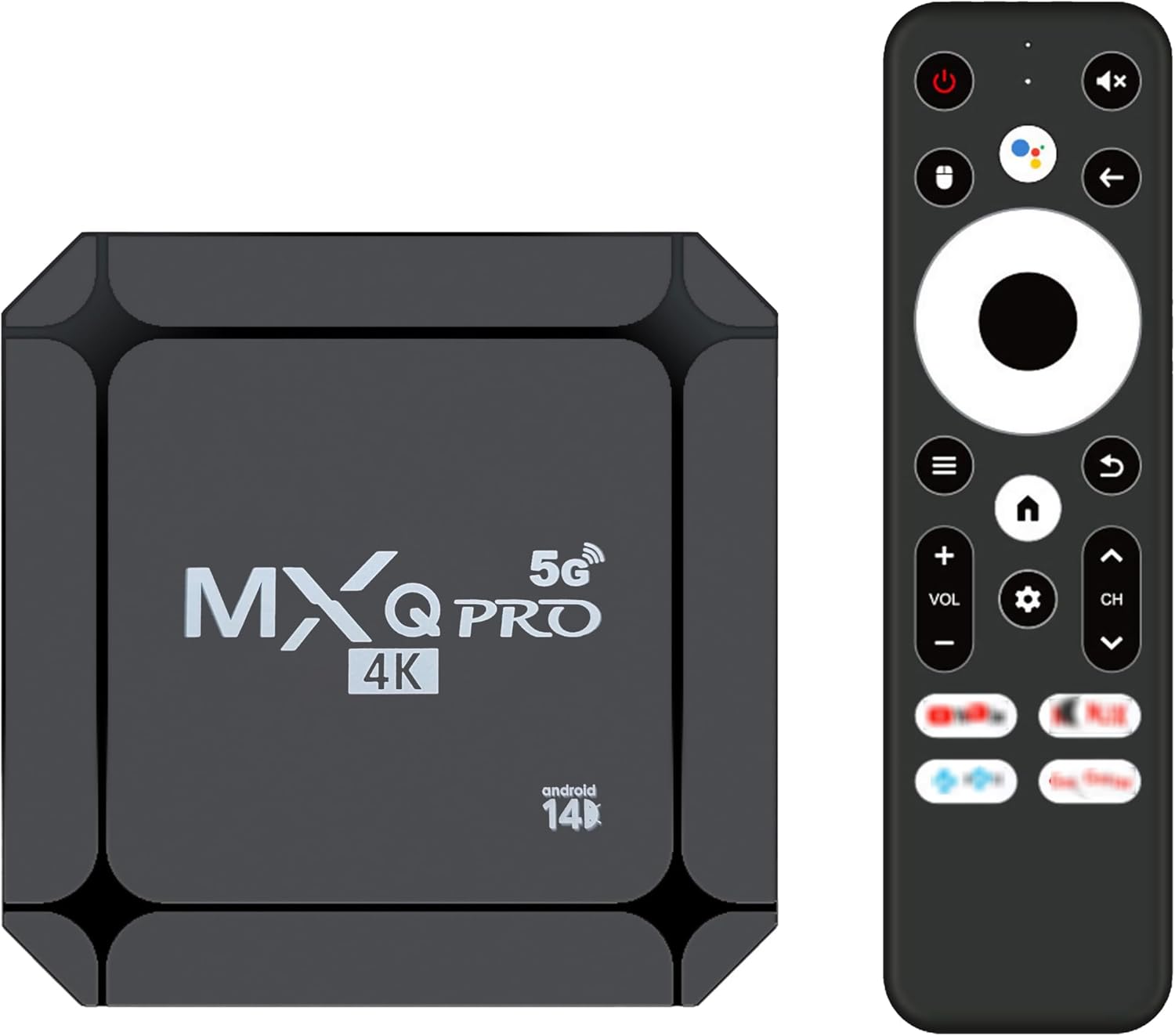Just Tech Me At
18 Smart Home Entertainment Devices for Seamless Automation
September 28, 2025
by Just Tech Me At
*As an Amazon Associate, I earn from qualifying purchases.*

.svg.png)




*As an Amazon Associate, I earn from qualifying purchases.*
Follow us on social media for
freebies and new article releases.
Table of Contents
- I. Introduction
- II. Next-Level Consoles
- 1. Xbox One S
- 2. Series X
- III. Smart Sound Experiences
- 3. Bose SoundLink Micro
- 4. Bose SoundLink Revolve+
- 5. Bose SoundLink Color II
- 6. Tribit XSound Go
- IV. Seamless Streaming:TV Boxes and Sticks
- 7. Nvidia Shield Android TV Pro
- 8. Xiaomi Mi Box S
- 9. MXQ Pro 5G
- 10. Roku
- 11. TiVo
- 12. Vizio 24-Inch D-Series Smart TV
- V. Smart Remotes and Audio Streamers
- 13. Roku Voice Remote Pro
- 14. Xfinity Comcast XR15
- 15. Nvidia Shield Remote
- 16. LAYEN i-SYNC
- 17. WiiM Mini AirPlay 2
- 18. The Broadlink RM4 Pro
- VI. Takeaway & Buying Guide
- VII. Conclusion & Future Trends
- Shop More Smart Home Devices*
- Visit Us On Pinterest
*As an Amazon Associate, I earn from qualifying purchases.*
I. Introduction
Entertainment tech has accelerated beyond the era of one TV and a single-purpose console. Software and hardware now converge: streaming platforms, AI-assisted upscaling, voice assistants, and cross-platform ecosystems let hardware adapt to how people actually live and entertain. Whether you're a casual streamer, an audiophile, a family that shares a console, or someone building a multi-room audio system, the right devices do three things well:
This article highlights noteworthy devices across five entertainment categories and ends with a short buying guide so you can match features to real needs (space, budget, and media habits).
II. Next-Level Consoles: Xbox One S & Series X
The console market continues to offer choices tailored to different users. Two strong examples are the Xbox One S and the Xbox Series X.
Xbox One S - The One S remains an excellent value for households that want solid streaming and gaming without the premium price or footprint. Its strengths include compact design, quiet operation, 4K HDR streaming support (with upscaling for certain content), and a broad backward-compatible library. For families and casual players who prioritize media playback and convenience, the One S is a pragmatic pick.
Xbox Series X - If performance is a priority, the Series X raises the bar with native 4K gaming, fast SSD-backed load times, and broad backward compatibility across generations. It's built for serious gamers who want the best visual fidelity and responsiveness available in the Xbox ecosystem. Between the two, pick the One S for value and mixed-use living rooms, and the Series X for high-performance, dedicated gaming setups.
III. Smart Sound Experiences: Bose & Tribit Speakers
Audio shapes the emotional core of any entertainment experience. Two speaker lines mentioned here offer strong but different value propositions.
Bose SoundLink family
Bose's SoundLink line (Micro, Revolve+, Color II) covers scenarios from portability to full-room listening:
Tribit XSound Go
On the budget-friendly side, the Tribit XSound Go delivers excellent value: clear audio, strong battery life, and build quality that punches above its price. It's an excellent pick for students, dorms, or secondary rooms that need good sound without breaking the bank.
IV. Seamless Streaming: TV Boxes and Sticks
Streaming devices range from compact sticks to powerful set-top boxes. Your choice should depend on the apps you use, the level of performance you want, and smart-home integration needs.
Nvidia Shield Android TV Pro
At the high end, the Nvidia Shield offers powerful processing, AI-powered upscaling (useful for improving lower-resolution content), and deep integration with Google Assistant and gaming ecosystems. It's aimed at users who want advanced media processing and flexibility.
Android TV Options: Xiaomi Mi Box S, MXQ Pro 5G
These Android TV devices provide broad app access and an affordable path to smart-TV functionality. They're good if you prefer Android's app ecosystem and want a low-cost streaming solution.
Plug-and-play: Roku Streaming Stick 4K & TiVo Stream 4K
For ease and reliability, Roku and TiVo sticks offer intuitive interfaces, fast navigation, and wide streaming-platform coverage. They are excellent for users who prefer a simple setup and consistent updates.
Built-in smart TVs
The Vizio 24-Inch D-Series Smart TV demonstrates that for many users, an affordable smart TV with built-in streaming is a perfectly legitimate choice - especially for small rooms or secondary displays where simplicity and cost-efficiency matter.
V. Smart Remotes and Audio Streamers
Control and legacy compatibility are the glue that hold varied entertainment setups together.
Smart Remotes
Devices like the Roku Voice Remote Pro, Xfinity Comcast XR15, and Nvidia Shield Remote bring improved ergonomics, voice control, and programmable shortcuts - making navigation easier across multiple apps and services.
Audio Streamers for legacy gear
If you have older amplifiers or stereo systems, adapters such as the LAYEN i-SYNC and WiiM Mini AirPlay 2 Wireless Audio Streamer allow modern wireless streaming (AirPlay, Bluetooth) without replacing legacy components. The Broadlink RM4 Pro is useful for hobbyists who want to unify IR/RF-controlled devices with smart home platforms, creating a single control surface for classic AV gear and modern smart devices.
WiiM Mini AirPlay 2 Wireless Audio Streamer*


*As an Amazon Associate, I earn from qualifying purchases.
VI. Takeaway & Buying Guide
The right blend of devices depends on three simple factors: use case, space, and budget. Below are practical pointers to help decide:
Network tip: a strong Wi-Fi mesh or wired Ethernet backbone greatly improves streaming stability, especially with multiple 4K streams or cloud gaming sessions running concurrently.
VII. Conclusion & Future Trends
These smart entertainment picks show how hardware and software now cooperate to create richer at-home experiences. In recent years, a few trends can be noted:
Ultimately, pick gear that improves the experiences you already enjoy - whether that is low-latency multiplayer, cinematic movie nights, or whole-home audio. A balanced approach (one strong hub device, good audio, and reliable connectivity) will future-proof your living space while keeping upgrades manageable.
Shop Amazon
*As an Amazon Associate I earn from qualifying purchases.*
New Smart Home Devices
















